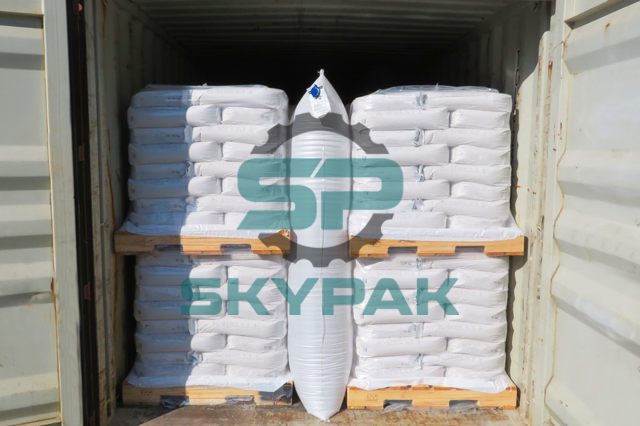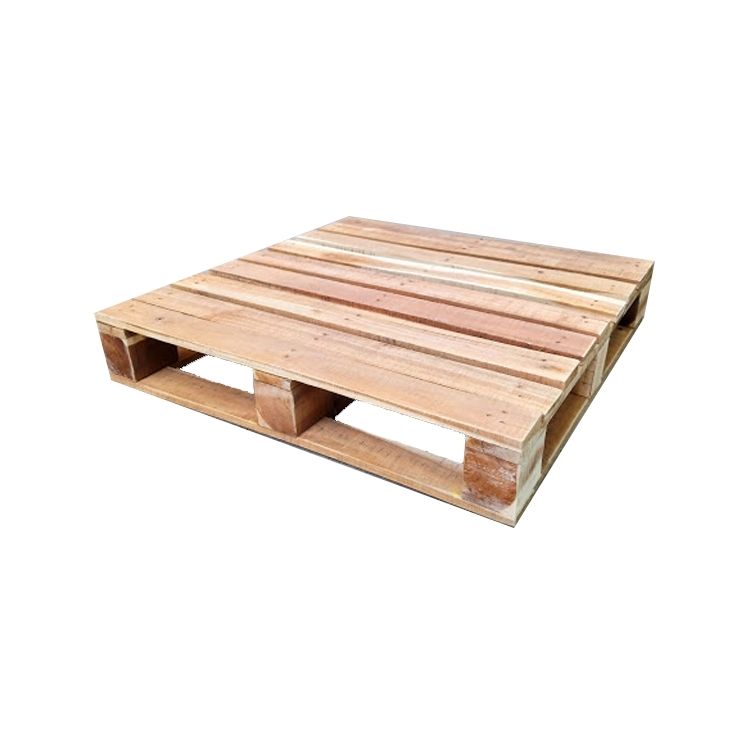Container dunnage airbags are a load-securing element in various industries. And keep goods and other items from moving during transit. They are also known as airbags, air cushions, and dunnage bags. Duffle airbags are available in many different sizes, depending on the amount of free space you have to fill when loading packages. In this article, we will guide you through choosing the right airbag size for your cargo.
Factors to consider when choosing a Container dunnage airbags
To determine the right Container dunnage airbags size for your freight needs, you will need to consider two factors: the amount of space to be filled, and the nature and characteristics of the cargo.
Space between packages

The space in the container is usually between the pallets or between the goods and the sides and doors of the container. The most effective way to fill this gap and prevent movement is to use a bag as close to the height and width of the gap as possible.
Some points to note:
- You should not use an airbag larger than the gap size.
- Make sure you know the maximum amount of space a container dunnage airbag will fill.
- When using a container airbag to fill voids in a container, you must follow the manufacturer’s instructions.
- As a rule, an inflatable bag is most effective when the space is 1/3 of the width of the airbag.
The nature and characteristics of the goods
Depending on the nature of the airbags as well as the characteristics of the goods: If the item you need to transport is dry, easy-to-move items, kraft dunnage airbags will be a good idea. On the contrary, if the goods are frozen, or the products have high humidity, it is recommended to choose PP dunnage airbags.
Both types of airbags are from the Ahmet brand and have achieved international certificates of AAR (Association of American Railroads), ROHS – SGS, and ISO. So you can be assured of the quality of the airbag.
How to calculate the size of the Container dunnage airbags

When shipping goods, you want to make sure they reach their destination safely. For bulk cargo, you need to use airbags of the correct size, weight, and shape to the exact specifications, ensuring your cargo is transported safely, without shifting and causing damage. damaged.
Although dunnage airbags are available in a variety of sizes for different needs, container dunnage bags work best when the pressure of the bag on the load is equal to or greater than the weight of the product. To do this, the bag needs to have as much surface contact with the product as possible.
To determine the right size of container liner, you need to calculate the remaining space in the container. Based on:
- Measurements of the length, width, and height of the boxes
- Length and height measurements of the container
- Let the bag maximize its protection when the gap is 1/3 of the width of the airbag. The formula for calculating the width of the airbag: Dimensions of the airbag x 3.
Common sizes of container dunnage airbags: 50x100cm, 60×100/120cm, 80x120cm, 100x180cm, 100x200cm, 120x240cm…
With outstanding load stability, and suitable container dunnage bag size can withstand tons of pressure and resistance to large load displacement. As a result, dunnage bags are a cost-effective investment that businesses should invest in to prevent product damage during transit.




















